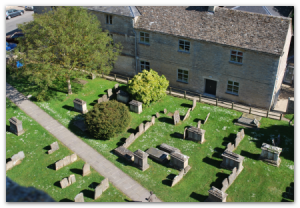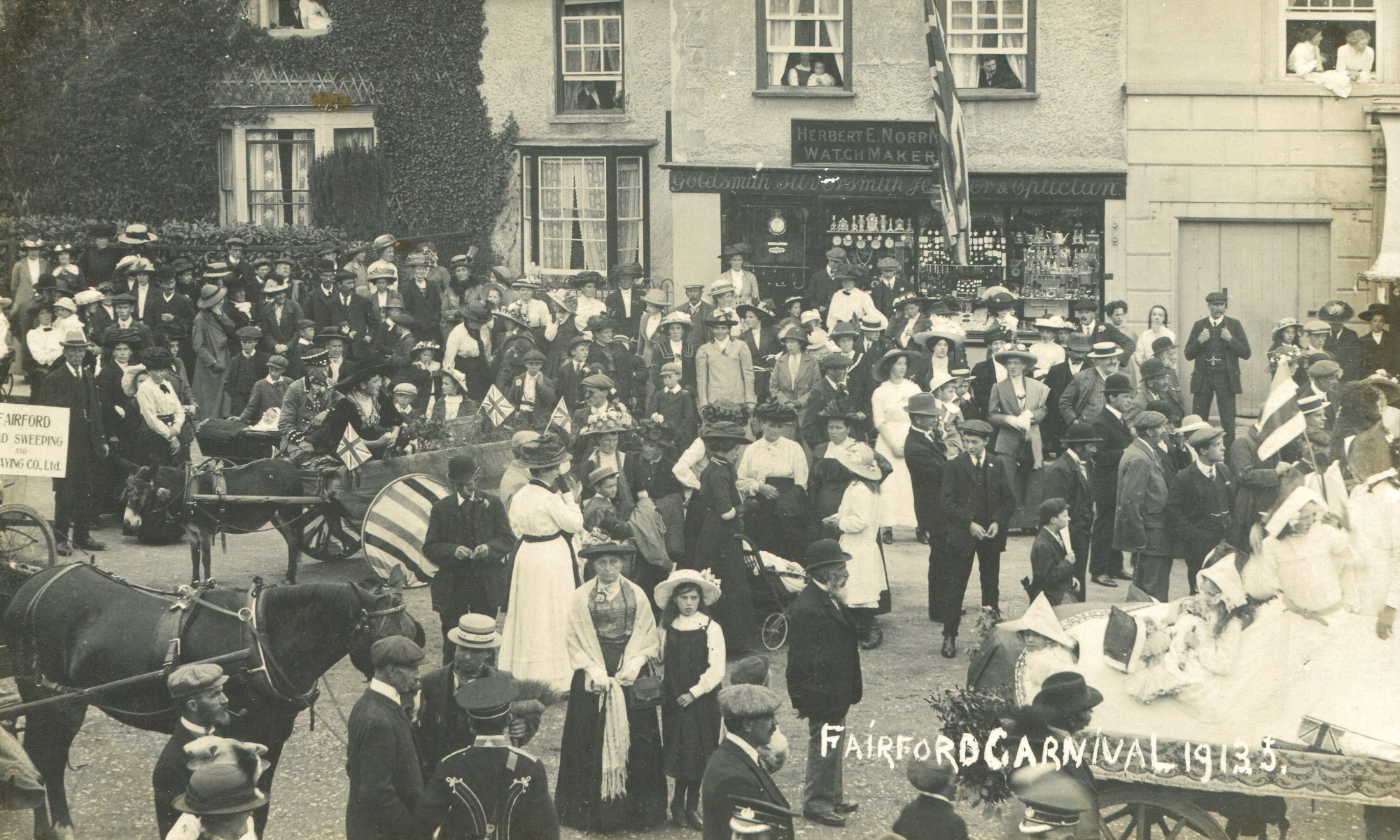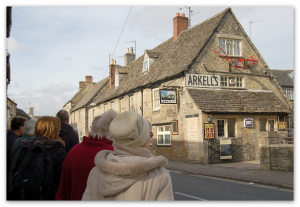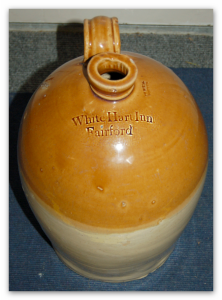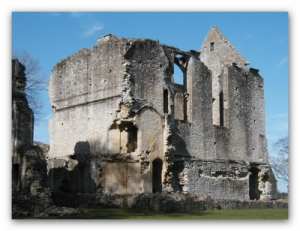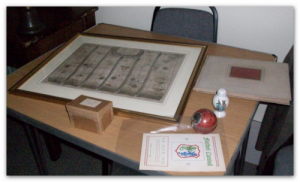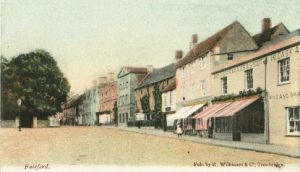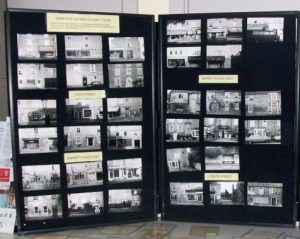Dave Walton, a volunteer at Cheltenham Museum and Art Gallery and a committed Arts and Craft enthusiast, entertained over fifty members and visitors at the meeting on November 18th with a highly informative and interesting talk about the life and work of Ernest Gimson, a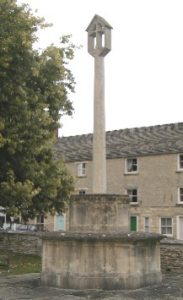 nd Ernest and Sidney Barnsley in the Cotswolds. They came to this area of Gloucestershire to escape from the industrial conurbatio
nd Ernest and Sidney Barnsley in the Cotswolds. They came to this area of Gloucestershire to escape from the industrial conurbatio
The War Memorial was designed by Ernest Gimsonns with which they were familiar and the rural Cotswolds were hugely influential on their designs.
The three men were all architects as well as craftsmen and designed their own houses in Sapperton as well as many other
buildings in the area. They employed many craftsmen and were able to use local expertise to aid them. Gimson carried out some decorative plasterwork at Upper Dorval House in Sapperton for Ernest Barnsley which was inspired by the C16 ceilings at Daneway house.
Eventually the partnership broke down, but they all continued to work in the area and there are many small local buildings which s
how examples of their influence.
Dave showed many pictures of their work, several examples of which are on show in Cheltenham Museum and Art Gallery. Unfortunately the Arts and Crafts Gallery has just closed for refurbishment, but FHS is planning a visit to Rodmarton Manor in the Spring for members. Ernest Barnsley designed the manor house which took over twenty years to complete Barnsley. The work at Rodmarton was continued after Ernest Barnsleys death in 1926 by his brother Sidney who died later the same year, and the project was then completed by Norman Jewson who was Ernest’s son-in -law. See Plan and signature below.


In 1919 Ernest Gimson designed Fairford’s War Memorial originally intended for the Market Place, he died suddenly a few weeks later. The work was supervised by Norman Jewson and the cross made in Fairford by Farmer Bros, stonemasons. It was dedicated in 1920.
Peter Waals, who worked closelyy with Ernest Gimson and carried on the workshops at Daneway after Gimson’s death and subsequently Hallidays Mill at Chalford, married a Fairford girl, Ruby Dora Bryan daughter of a Fairford draper in Fairford Church in 1903.
If you would like to learn more about the Arts and Crafts Movement in the Cotwolds, please see below:
http://gimson.leicester.gov.uk/
http://www.owlpen.com/gimson.shtml
http://www.barnsley-furniture.co.uk/superbasket/
Gimson and the Barnsleys by Mary Comino. Evans Bros. 1980
By chance I did rove by Norman Jewson.. Privately published. 3rd ed 1973
Cotswolds arts and craft architecture by Catherine Gordon. Phillimore 2009
The arts and crafts movement in the Cotswolds by Mary Greensted. Alan Sutton. 1996

